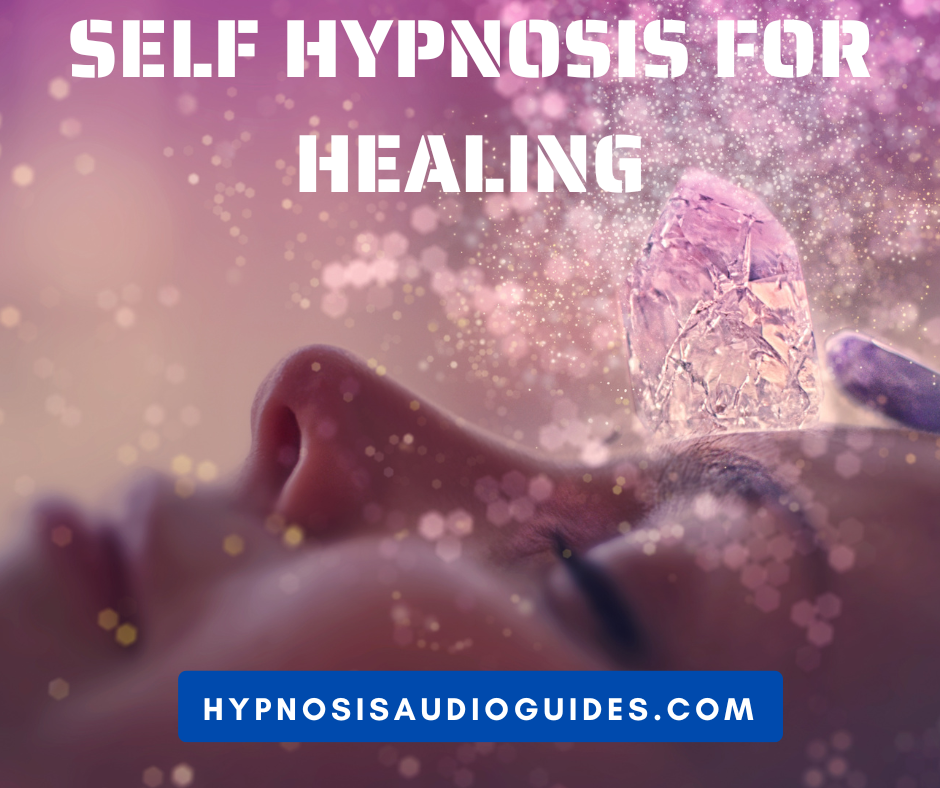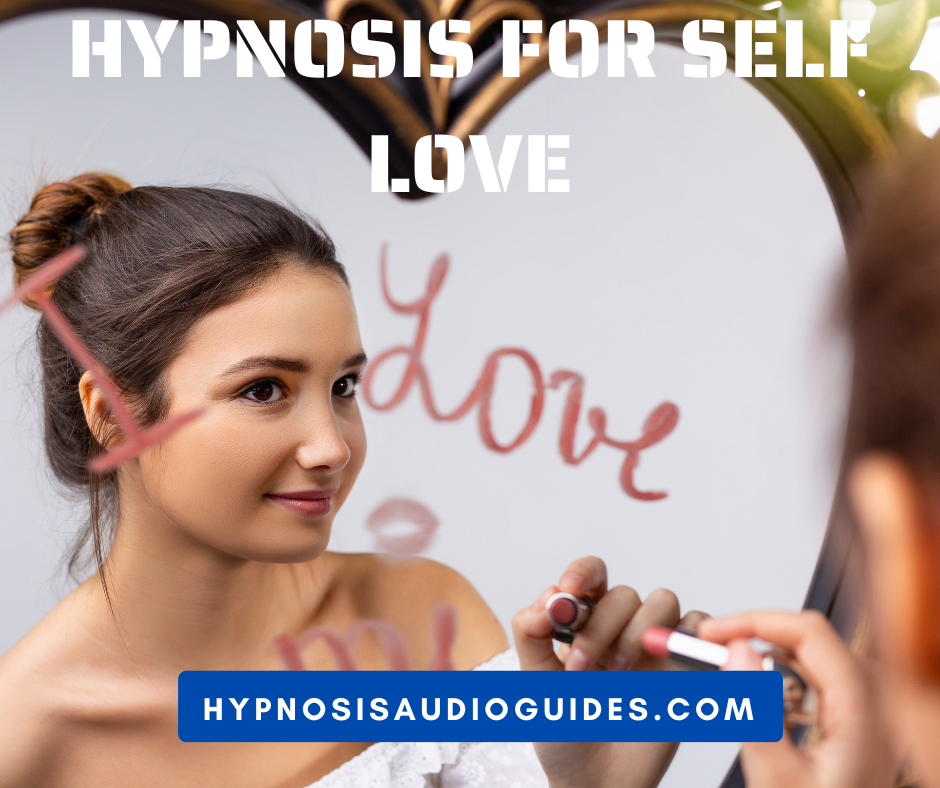Self-hypnosis is a technique that has gained popularity over the years for its effectiveness in empowering people to take charge of their emotional, physical, and mental well-being. It is a process of inducing a trance-like state in oneself to achieve a heightened level of focus and awareness. Through self-hypnosis, one can alter their thoughts, feelings, and behaviors, leading to improved health or healing of physical and psychological conditions. The practice of self-hypnosis for healing is not new but dates back thousands of years. For instance, ancient Egyptians used hypnosis in their healing practice, while the ancient Greeks referred to it as “sleep temples.” It was only in the eighteenth century that it gained acceptance as a legitimate medical practice. Today, self-hypnosis is used for pain management, stress relief, anxiety disorders, phobias, insomnia, smoking cessation, weight loss, and many other conditions.
How Self Hypnosis Works for Pain Management and Emotional Well-Being
Self-hypnosis works by accessing the subconscious mind; this is achieved by inducing a trance-like state in oneself. During this state, one experiences a high degree of relaxation, where the conscious mind partially withdraws, and the subconscious mind takes over. Hypnotherapists usually suggest specific affirmations or statements that reinforce self-confidence, positivity, and relaxation in the patient’s mind. When repeated in the hypnotic state, these affirmations can shift negative perceptions of self, leading to an overall sense of calmness and well-being. Studies have shown that self-hypnosis can help reduce pain and improve emotional well-being by helping the body to release endorphins, natural painkillers, and mood enhancers. Endorphins have been proven to offer pain relief during and after surgery and are effective in lowering anxiety and depression. The technique, therefore, offers a safe and natural way to manage pain and improve emotional health without the need for medication.
Exploring the Techniques of Self Hypnosis
Self-hypnosis can be conducted through various techniques that aim to induce relaxation and positive affirmation. One popular method is the progressive muscle relaxation technique. This technique involves tightening and relaxing various muscle groups progressively, eventually leading to a deep state of relaxation. Another technique is visualization, where one imagines themselves in a beautiful, calm environment that brings relaxation and peace. Another essential technique in self-hypnosis is self-talk, where one uses positive affirmations that encourage self-confidence and reduce anxiety. These techniques require practice to be effective. Guided meditations, hypnosis audio, and other resources can help one get started or improve their practice.
Understanding the Role of the Subconscious Mind in Self Hypnosis for Healing
The subconscious mind controls emotions, beliefs, values, habits, and behaviors. It stores past emotions, experiences, and beliefs, which influence how we perceive events and react to them. Self-hypnosis for healing works by accessing the subconscious mind and reinforcing new beliefs or habits that lead to positive outcomes. The subconscious mind does not differentiate between what is real or imagined, reacting to the same emotional and physiological reactions to both. This is what makes self-hypnosis powerful in healing physical, mental, and emotional conditions.
Improving Physical, Mental, and Emotional Health with Self Hypnosis
Self-hypnosis can be used as complementary therapy in improving physical, mental, and emotional health. It is useful in reducing chronic pain, fatigue, insomnia, depression, anxiety, and other mental health disorders. In general, self-hypnosis leads to improved overall well-being, including emotional stability, better sleep, reduced stress, and better decision-making capabilities.
Overcoming Limiting Beliefs through Self Hypnosis
Limiting beliefs are assumptions we make about ourselves and the world around us, and these beliefs determine how we perceive and react to various situations. They can be self-imposed or learned from childhood experiences. Limiting beliefs can significantly hinder one’s potential, leading to negative self-talk, anxiety, low self-esteem, and a range of physical symptoms. Self-hypnosis can help individuals overcome limiting beliefs by replacing them with positive affirmations. This helps build self-esteem and confidence and can lead to new opportunities and a better outlook on life.
Techniques for Deepening the Self Hypnotic Trance: Enhancing Relaxation and Visualization
Deepening the self-hypnotic trance is essential in achieving optimal outcomes. Techniques such as breathing exercises, progressive muscle relaxation, and visualization can help intensify the experience. To induce a hypnotic state, find a comfortable position, close your eyes, and relax your body gradually. Focus on your breath, taking deep breaths and exhaling slowly. Bring to mind an image that brings you calmness, such as a peaceful beach or forest. Soon, your mind will become hypnotized, and you will have access to your subconscious mind.
The Connection between Self Hypnosis and Mindfulness: Improving Mental Clarity and Focus
Mindfulness is about being present and attentive to the moment. Self-hypnosis and mindfulness are closely related in that they both require conscious awareness and intentional focus. During hypnotic induction, one focuses on a specific thought or image, blocking all other thoughts, and maintaining mindfulness for an extended period. This leads to improved mental clarity, focus, and reduced stress.
Exploring the Limits of Self Hypnosis: When to Seek Professional Help
Self-hypnosis is a safe and effective technique that can benefit many people. However, it has limitations. When dealing with severe trauma, mental disorders, or severe physical pain, it is essential to seek professional help. Hypnotherapy provided by a practitioner can help alleviate symptoms in such situations. Professionals are trained to handle complex cases and can provide personalized care and treatment.
Incorporating Self Hypnosis for Healing into Your Wellness Routine
Self-hypnosis for healing can be applied to many aspects of life, including business, personal growth, and relationships. Incorporating self-hypnosis into your wellness routine can improve emotional, physical, and mental well-being. Begin by creating a positive mindset and setting an intention for the session. Next, find a quiet, comfortable place, relax your body, and focus on your breath. Finally, use visualization techniques to reinforce positive affirmations. Practicing self-hypnosis regularly can help you achieve your goals and lead to overall better health and wellness.
Conclusion
Self-hypnosis for healing is a useful technique that can help people overcome limiting beliefs, reduce anxiety, enhance relaxation, and improve many other aspects of their lives. It is a safe and natural way to manage pain and promote better emotional, mental, and physical health. By understanding the techniques involved and the role of the subconscious mind, one can achieve positive outcomes and improve their overall well-being. Practicing self-hypnosis regularly can help you achieve your goals and lead to an overall better outlook on life.


